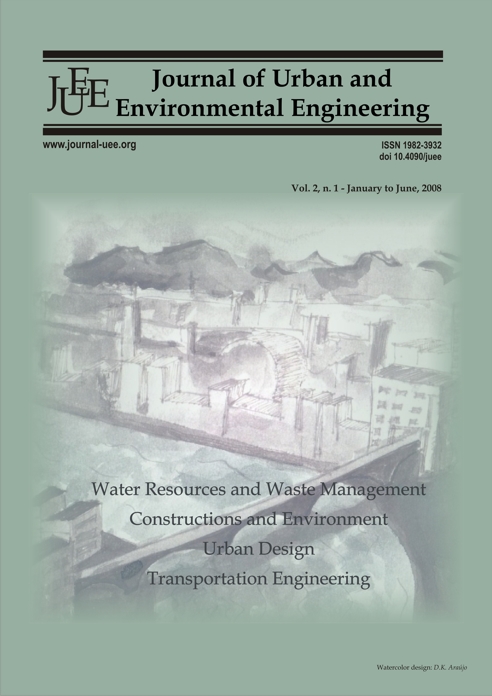PREDICTION OF BOD AND COD OF A REFINERY WASTEWATER USING MULTILAYER ARTIFICIAL NEURAL NETWORKS <a href="http://dx.doi.org/10.4090/juee.2008.v2n1.001007" Target="_blank">(doi: 10.4090/juee.2008.v2n1.001007)</a>
DOI:
https://doi.org/10.4090/juee.2008.v2n1.%25pKeywords:
Artificial Neural Networks, COD, BOD, Sum Square Error, Percentage Average Relative Error, PredictionsAbstract
In the recent past, artificial neural networks (ANNs) have shown the ability to learn and capture non-linear static or dynamic behaviour among variables based on the given set of data. Since the knowledge of internal procedure is not necessary, the modelling can take place with minimum previous knowledge about the process through proper training of the network. In the present study, 12 ANN based models were proposed to predict the Biochemical Oxygen Demand (BOD5) and Chemical Oxygen Demand (COD) concentrations of wastewater generated from the effluent treatment plant of a petrochemical industry. By employing the standard back error propagation (BEP) algorithm, the network was trained with 103 data points for water quality indices such as Total Suspended Solids (TSS), Total Dissolved Solids (TDS), Phenol concentration, Ammoniacal Nitrogen (AMN), Total Organic Carbon (TOC) and Kjeldahl’s Nitrogen (KJN) to predict BOD and COD. After appropriate training, the network was tested with a separate test data and the best model was chosen based on the sum square error (training) and percentage average relative error (% ARE for testing). The results from this study reveal that ANNs can be accurate and efficacious in predicting unknown concentrations of water quality parameters through its versatile training process.Downloads
Download data is not yet available.
Downloads
Published
2009-04-27
Issue
Section
Articles




